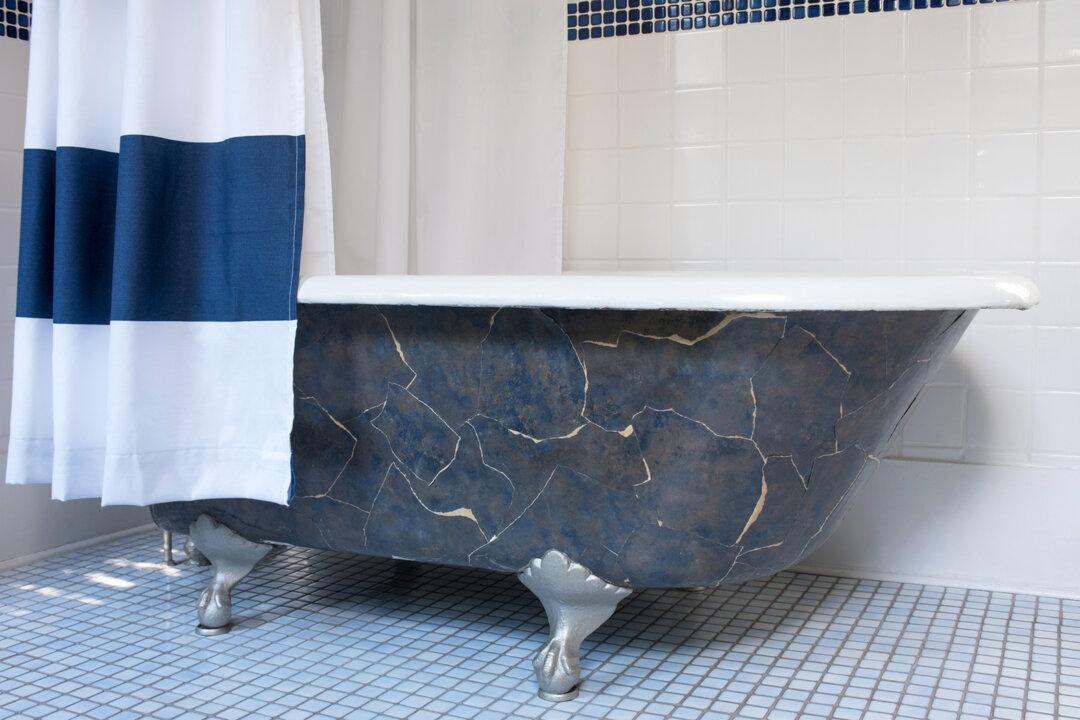
Typical renovation projects for an older home include updating the kitchen and bathrooms to incorporate modern conveniences. Dreamstime/TNS
By Kaitlyn Keegan
From Hartford Courant
HARTFORD, Conn.—New life is being breathed into old Connecticut homes.
